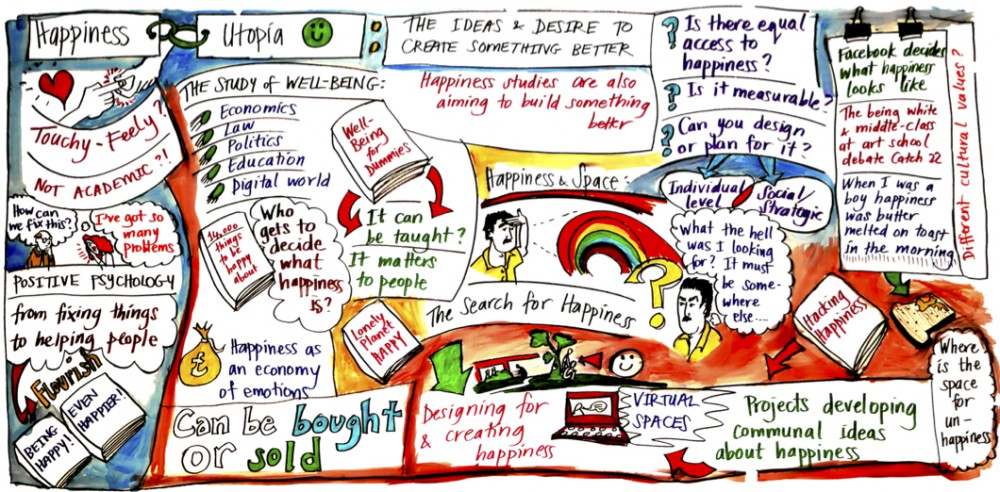1. Describe how the Human Services Code of Ethics initiates, guides and promotes a clinical arena for professional and client well-being.
Because it sets a safe environment for the client and the professional. There are boundaries and rules they both must follow. All this in the intent for a positive relationship between the professional and client to be made. It tells a professional how they can handle certain situations, gives them alternatives and holds them to a certain standard. This is so that the client or the professional never have to fear uncomfortable or feel in danger.
2. Describe how the human service professional’s responsibility to clients promotes well-being.
The HUS professional has the responsibility to the client to be able to offer all services the client needs this is so that the client gets the treatment they need or deserve. A professional also needs to make the effort to keep up in things that are going on around their clients, they should try to go to workshops on current issues affecting people, this so that they can help a client by being up to date with things, it benefits the client that the professional be competent.
3. Describe how the human service professional’s responsibility to the community and society promote well-being.
The responsibility the professional is held to has a lot to do with safety , they are aware of laws and legislation’s that apply to their work settings. They know about any issues affecting the community. This is helpful to the well being of their client because they can make connections to what is going on in their lives to their community and in that way be able to understand their client and their issues better.
4. Describe how the human service professional’s responsibility to colleagues promotes well-being for the client.
A professional must always have good communication with their fellow colleagues. If ever there should be a conflict, the professional must always try to first address it with their colleague. By doing so a professional is creating a positive relationship with their colleagues. So that if they ever need help from them to help their client , they will gladly help and also creates a positive space for the client to be around.
5. Describe how the human service professional’s responsibility to the profession promotes well-being for the client.
A professional has certain standards they are held to, they must always meet these. As a HUS worker, there are certain skills they should have and certain ways they need to act around a client. They need to have certain academic requirements, and also always be up to improvement. A professional must always keep track of what is around them what issues are being presented, take training and such to be able to handle such. This is so that they are ready to work with their client and know what they are doing.
6. Describe how the human service professional’s responsibility to employers promotes well-being for the client.
Professionals make deals or commitments with their employers. They are expected to follow these regulations. They must make an effort to always keep up with these rules and ask their employers of any questions they might have. This makes the agency they are working at more professional, and the client will feel more secure there.
7. Describe how the human service professional’s responsibility to self-promotes well-being for the client.
The professional must have good character this meaning be accountable, dependable, responsible etc. A professional must see the room for improvement . Always be up for change and feedback. By doing this they will be a better professional and more able to help their clients. They will know how to appropriately handle a situation.
8. Describe how the human service professional’s responsibility to educators promotes well-being for the client.
By demonstrating skills , no bias, staying up to date on current events. By doing so they are able to offer their clients important information, available programming , & giving their client what they need.
9. Describe the four stages of ethical decision making. Indicate how it strives to promote well-being to the client/society.
The four steps are to identify the dilemma, generate possible courses of action, determine consequences and select a course of action. these steps are all taken to help the client. To discuss the best possible solution to this outcome, it is to help the well being of the client.



